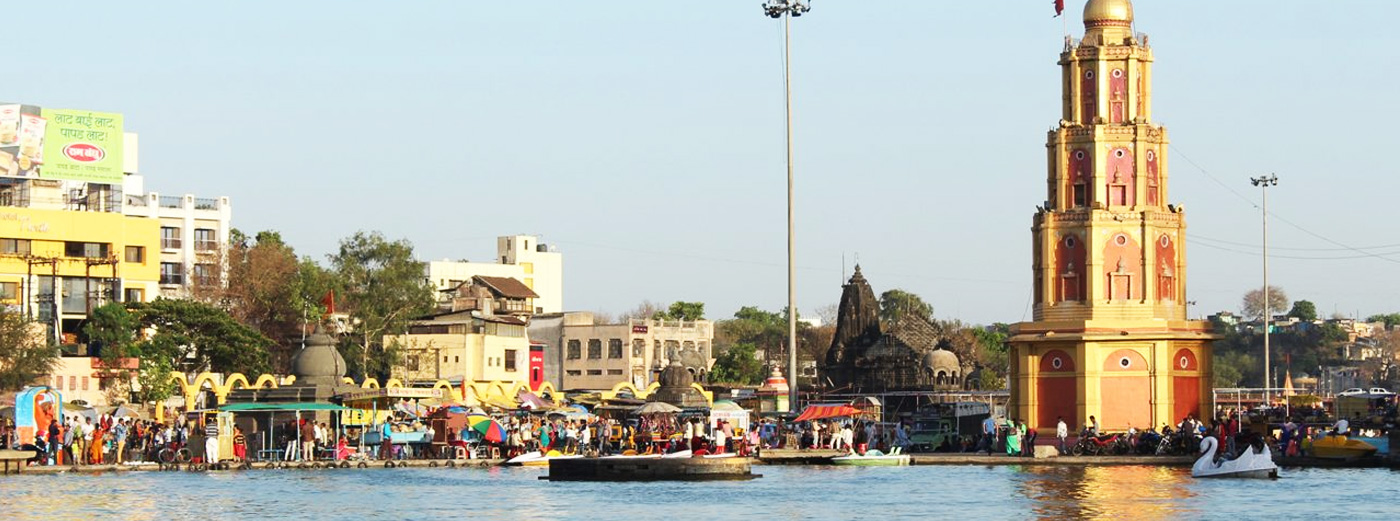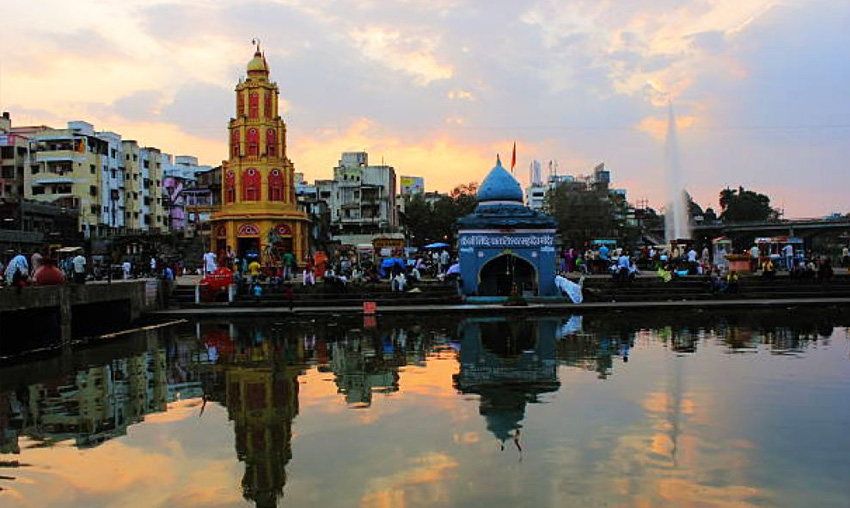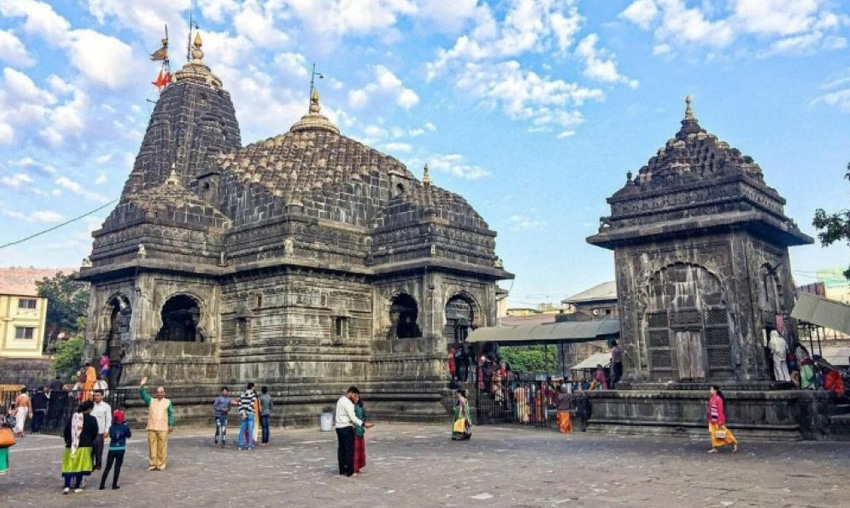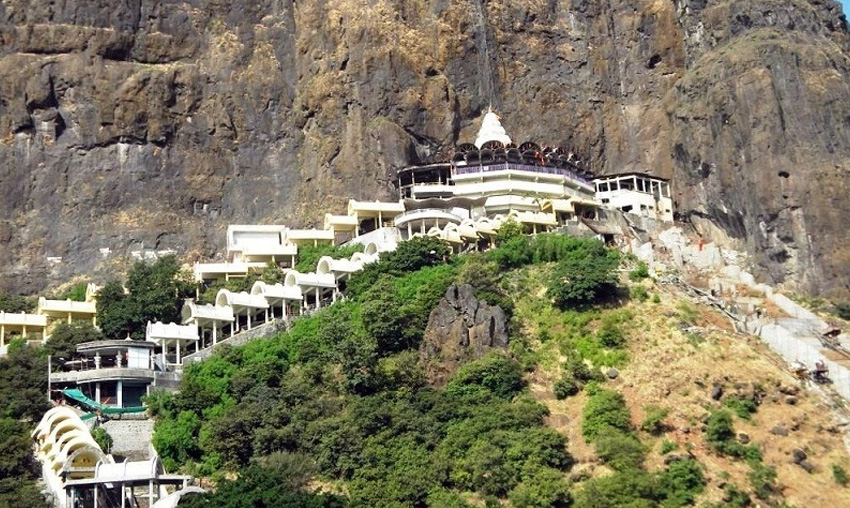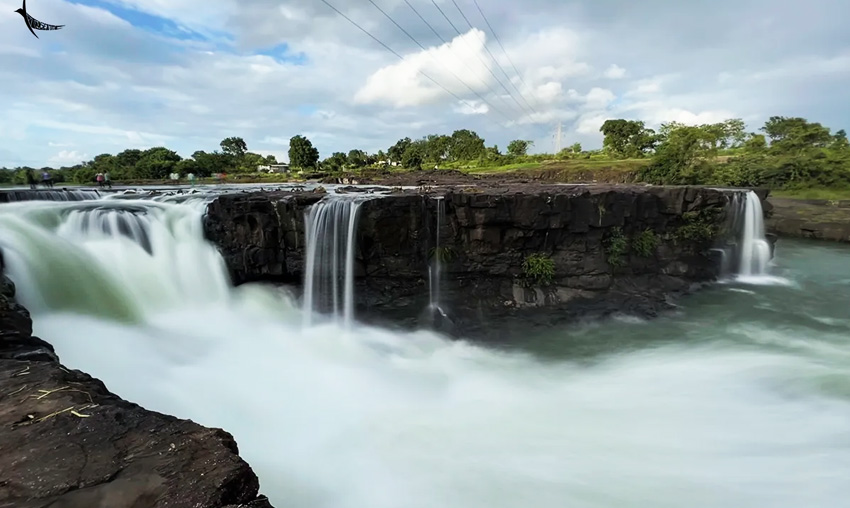Nashik Tourism - Places to visit in Nashik
The Kumbh Mela is held in the holy Hindu city of Nasik once every twelve years. It's also a great place to go wine tasting. Named after a Ramayana relic, Nashik (Nasik) is a Maharashtra city on the banks of the Godavari River. Every 12 years, Nashik hosts the renowned Kumbh Mela.
Known in Hindu mythology as the location where Ravana's sister, Surpanakha, attempted to woo Lord Ram and had her nose severed by Lakshman, the city is also home to a number of exotic temples. There is more to its religious significance than that. Thousands of tourists who travel to Shirdi and Trimbakeshwar also call it home. In addition to its temples, Nashik is known for its vineyards, forts, and waterfalls. With several vineyards in Nashik, the most well-known of which is Sula, the wine-tourism sector is booming in this region of Maharashtra. With its many sights to see, including temples, vineyards, hills, and waterfalls, Nashik offers visitors the opportunity to experience a wonderful medley of extremes.
Maharashtra's cultural hotbed
Maharashtra is home to the historic city of Nasik. Known for its strong ties to Buddhism and Hinduism, Nasik is Maharashtra's cultural center. Due to its close connection to the epic "Ramayan," the majority of devotees travel to this sacred location. Panchvati, the woods where Lord Ram, Lord Lakshman, and Goddess Sita lived in exile before Raavan kidnapped Sita, is not far from here.
This area also includes the Anjaneri Hills, which are thought to be the birthplace of Lord Hanuman, the well-known monkey deity. The sacred jyotirlinga of Lord Shiva at Triambakeshwar, the location of the Godavari river's source, is equally well-known. Few people are aware that Vinayak Damodar Savarkar, a well-known freedom fighter and Hindu nationalist leader, was born in Bhagur, 16.6 kilometers away. Visit Nasik the next time if you want to experience both adventure and cultural beauty at the same time.
Nashik Kumbh Mela 2027
Every twelve years, the Kushawart Kund and the holy banks of the Godavari River in Nashik, Maharashtra, host the Kumbh Mela. Millions of devotees flock to places like the Trimbakeshwar Shiva Temple and Ram Kund for this spiritual occasion in order to bathe in the sacred waters.
Deeply ingrained in ancient customs, the Nashik Kumbh Mela is full of spiritual practices and rituals. The flag hoisting at Ram Kund, the Akhara flag hoisting at Sadhugram on Shravan Shudha, and a number of holy baths, or "Shahi Snaans," on important days like Shravan Poornima, Bhadrapad Amavasya, and Bhadrapad Shukla Panchmi (Rushipanchami) are a few of the noteworthy customs and events. On Vaman Dwadashi or Bhadrapad Shukla Dwadashi, the third and last Shahi Snaan is observed.
Historical Significance of Nashik Kumbh Mela
The spiritual significance of the Nashik Kumbh Mela is equal to that of the other three Kumbh Mela sites in India. In Hindu mythology, Nashik is one of the locations where nectar drops fell during Samudra Manthan, a celestial event. A fierce struggle for possession of the nectar of immortality followed the demons and gods' churning of the ocean. Garuda Dev, the divine bird, carried the nectar pot during the 12-year human conflict, and a few drops fell on Nashik, making it one of the most sacred places in Hinduism.
Places to visit in Nashik
Day 1: Arrive in Nasik, ideally by midday, and relax. You can stroll through the main markets in the evening, which are well-known for their handicrafts and beaded jewelry. For students studying business, Lasalgaon is a worthwhile destination. Students can observe how the biggest wholesale onion market in Asia is run here.
Day 2: For spiritual and adventurous reasons, the following day should be set aside for a visit to the magnificent Triambakeshwar temple. From there, you can continue on to the Anjaneri Hills, where Lord Hanuman was born.
Day 3: Blessings from the sacred site of Panchvati can begin the last day. From there, you can continue on to the Pandavali caves, which feature beautiful Buddhist-era carvings.
Restaurants and Local Food in Nashik
From South and North Indian cuisines to Maharashtrian, Gujarati, and Marathi dishes, Nasik provides an impressive array of culinary options. This region's traditional cuisine is Maharashtrian with Rajasthani and Gujarati influences.
One must savor the street food here, which is an important aspect of the town's culinary culture, in addition to the many restaurants. There is no better food in the area than what can be found on the streets. Misal pav and its various spicy and hot variations are a must-try. Other street food options include biryani, momos, thukpa, sabudana wada, vada pav, and vegetarian and non-vegetarian rolls.
Best time to visit Nashik
The best time to visit Nashik, which is well-known for its religious and historical significance, is during the winter months of October through February. The town experiences severe weather most of the time. Thus, the winters are cold and the summers are scorching. In contrast to the extreme winter temperatures, which can drop as low as 5°C, the summer temperatures can reach or surpass 39°C. Therefore, if one wants to explore the cityscape without interruption, winter is the best season. Especially for monsoon lovers and unconventional tourists, the land of Indian wine receives just the right amount of rainfall between July and September, transforming the city as the greenery flourishes.
